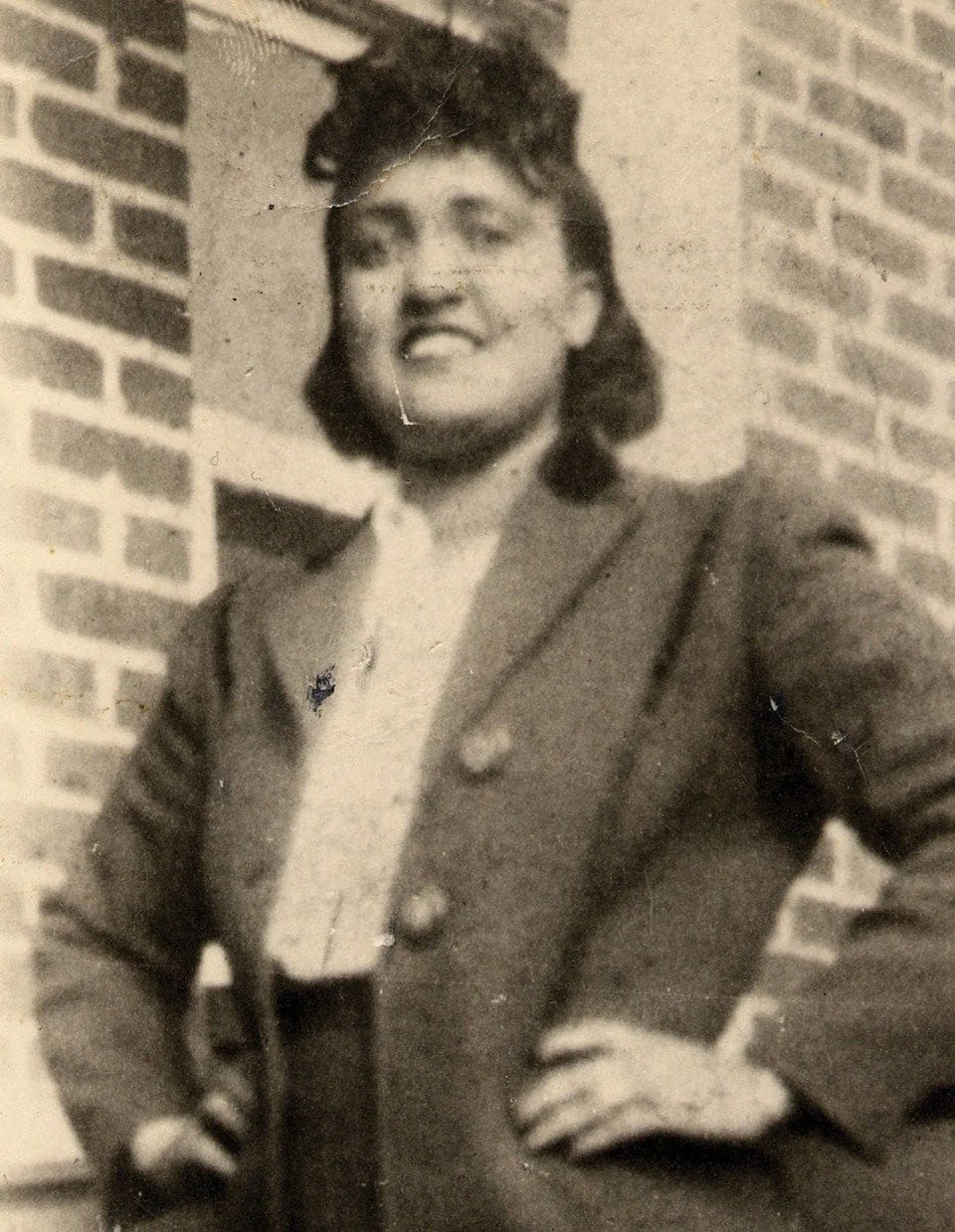Wear Red Day: When Sexism Kills
“It sounds like your daughter needs attention. Nothing we can do here on the medical side,” said a middle-aged, male doctor with a sharp jawline with a crooked smirk. He was suggesting to my parents that I have been lying about the palpitations. “She is a young, healthy woman in her 20s who swam 5K last week. She is fine.” I could feel my cheeks going red. I didn’t need any attention other than asking my dad to help me to walk every time my vision blacked out.
A week later, my heart rate shot up to 190 Beats Per Minute (BPM)—normal is 70 BPM—while I was watching T.V. and peeling fruit with my mom. The warmth in my limbs was leaving with the blood creeping away, or so it felt like it.
Muffled sounds. No vision.
My dad was still looking for a parking slot when they rushed me to the defibrillation room. Sounds came back. I could see the concerned, unfamiliar faces around me. I had almost died.
The statistics don’t seem as alarming. They are numbers. The idea that you can be the one in more than one in three female adults has some form of cardiovascular disease (CVD) sounds unlikely, improbable. The sentences usually start with, “I don’t have a heart problem, I have anxiety.” According to American Heart Association’s 2013 fact sheet, 64% of women who died suddenly of CHD had no previous symptoms. Anyone could easily be in that 64% category, if they avoid their symptoms.
“ The idea that you can be the one in more than one in three female adults has some form of cardiovascular disease (CVD) sounds unlikely, improbable”
In movies, we usually see the male characters having heart attacks. After a very stressful day, the character starts unloosening his tie and holding his chest; and in moments, the collapse finale.
Hollywood portrays a sudden death in a dramatically cliché way, when in all reality, a heart attack can manifest itself in different ways.
The subject might be female. The heart attack might take more than a 30-second segment. Chest discomfort might be replaced by shortness of breath, lightheadedness, nausea or jaw pain. A study published in JAMA Internal Medicine, one in five women 55 years old and younger didn’t experience chest pain during a heart attack.
It is known that most women take their symptoms lightly, thinking what they are experiencing is flu and not a heart attack; which is why this engraved gender-bias in health can kill: Young women are about twice as likely to die as their male counterparts because of negligence of the symptoms during a heart attack. According to Yale School of Public Health’s study, young women hospitalized for heart attack tend to dismiss their symptoms, mistaking them with anxiety.
The worrisome part is that it is not just the women who are dismissive of these symptoms. Medical society is also ignorant to the fact that hearts kill more of women than all kinds of cancer combined. In a New York Times article, Dr. Hayes, a professor of cardiovascular medicine at Mayo Clinic, reveals that medical professionals indeed listen less well to women. “We are much more likely to associate their symptoms with psychological cause,” she advises, “don’t walk out of a doctor’s office without answers. Find a doctor who is committed to listening to you and does not think they know everything about anything.”
So, no, if you know something is wrong, you should not wait until the Hollywood collapse to call 911. Modern medicine, for now, is unable to give us women any solutions, but that should only mean we should be even more careful.
I was minutes away from becoming the 64%. And I wrote this piece, so your call doesn’t have to be as close.



